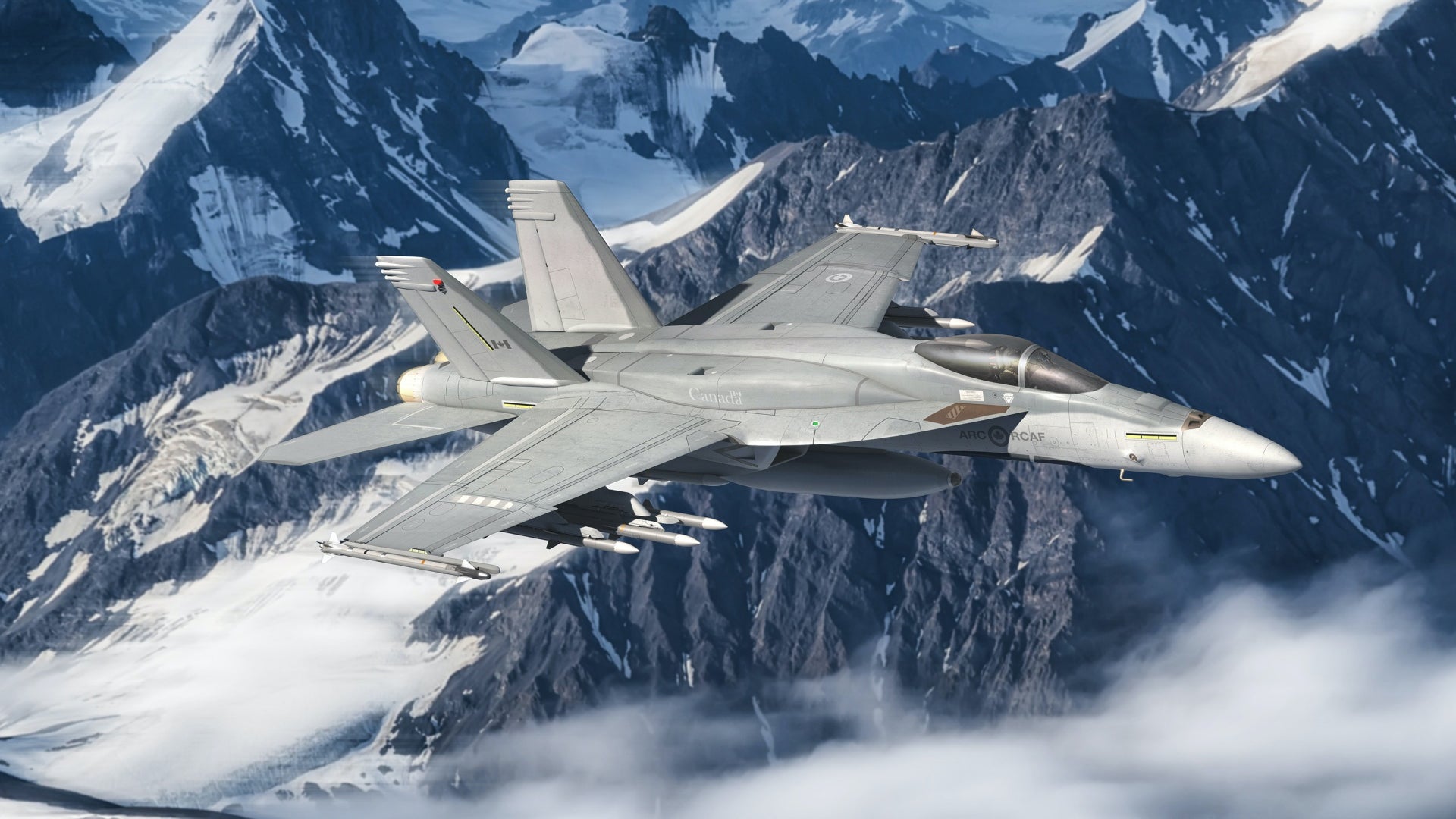It’s official, Canada has rejected the F / A-18 Super Hornet as the next fighter
[ad_1]
The Canadian government has confirmed reports that the Boeing F / A-18E / F Super Hornet Block III has been phased out of its Future Fighter Capability Project which seeks to replace the existing fleet of CF-18 Hornets. This development is the latest twist in an increasingly long competition that was launched in its current form in 2017.
The Canadian government today released a statement describing what it called “a key step in the process of replacing Canada’s fighter jets”, saying the two remaining contenders in the competition were the Saab Gripen E and the Lockheed Martin F-35A Lightning II. The Royal Canadian Air Force (RCAF) eventually hopes to receive a total of 88 fighters, with deliveries starting “as early as 2025”. The RCAF currently has some 75 CF-18A / B + jets and plans to add 18 former Royal Australian Air Force (RAAF) F / A-18A / B Hornets in the near term.
“Today, the Government of Canada announced that following the evaluation of the submitted proposals, two bidders remain eligible under the competitive procurement process of the Future Fighter Capability Project,” the statement read. from Public Services and Procurement Canada.
There is no official explanation yet as to why the Super Hornet disappeared from the race, although the Canadian government statement went on to explain that “the proposals were rigorously assessed on elements of capability. , cost and economic benefits. The evaluation also included an economic impact assessment.
In response to a request for comments from The war zone, Boeing provided the following statement:
“We are disappointed and deeply concerned by Canada’s announcement that the proposal by the US government and the Boeing F / A-18 Super Hornet will not be included in the next phase of Canada’s procurement process for aircraft capabilities. future hunters. The F / A-18 Super Hornet Block III offers proven capability and interoperability to the United States and its allies, along with unmatched capability and lifecycle value for the Royal Canadian Air Force and an industrial / robust economy that would create 250,000 jobs and C $ 61 billion for the Canadian economy [around US$47.6 billion at the current rate of conversion]. We are working with the US and Canadian governments to better understand the ruling and are researching the earliest date to request a debriefing to then determine our course forward. “
The Canadian Press first reported the elimination of the Super Hornet last week, citing unnamed representatives of the Future Fighter Capability Project, or FFCP.
With a strong emphasis on the economic benefits that the FFCP deal will bring to Canada, this would seem the most likely factor behind the omission of the Super Hornet, although we can’t be sure at this point.
For its part, Boeing had made much of the industrial compensation that Ottawa’s selection of its jet could provide. As the company reiterated in its statement in response to the Canadian government’s decision, its proposal was designed to inject billions into the Canadian economy and create hundreds of thousands of jobs over the next four decades.
Earlier this month, Boeing hosted a media event that bolstered the Super Hornet’s financial case for Canada. This included a cost per flight hour comparison for the Super Hornet and its rival F-35A. According to Boeing, the Super Hornet’s figure was around US $ 18,000 for fiscal 2020, compared to US $ 33,600 for the F-35A.
Images of the first Boeing F / A-18E / F Super Hornet Block III delivered to the US Navy:
[ad_2]


Comments are closed.